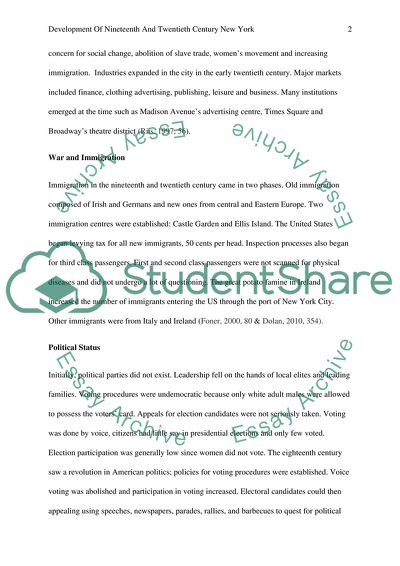Cite this document
(“New York City Essay Example | Topics and Well Written Essays - 1500 words”, n.d.)
Retrieved from https://studentshare.org/geography/1451459-new-york-city
Retrieved from https://studentshare.org/geography/1451459-new-york-city
(New York City Essay Example | Topics and Well Written Essays - 1500 Words)
https://studentshare.org/geography/1451459-new-york-city.
https://studentshare.org/geography/1451459-new-york-city.
“New York City Essay Example | Topics and Well Written Essays - 1500 Words”, n.d. https://studentshare.org/geography/1451459-new-york-city.


